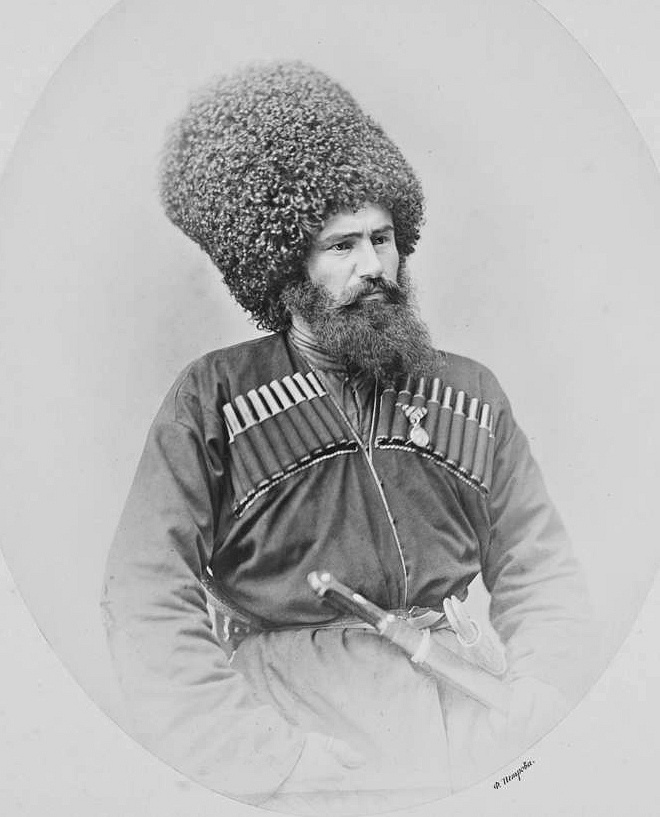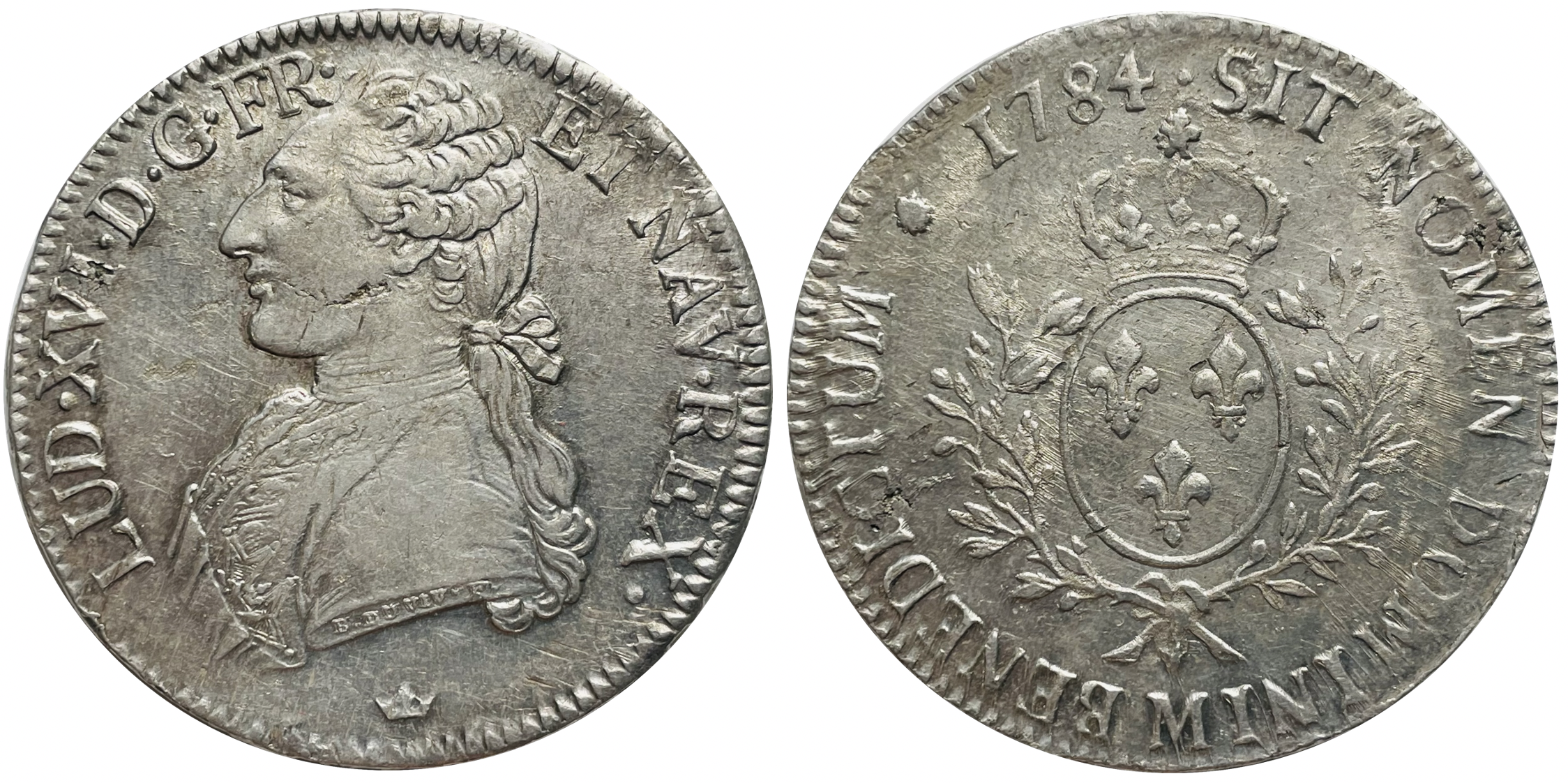|
Zagemi
Zagem or Bazari ( ka, ბაზარი) was a town in the southeast Caucasus, in the eastern Georgian kingdom of Kakheti. It flourished from the 15th to the 17th century as a vibrant commercial and artisanal centre. In the 1550s, it became a dependency of the Karabakh–Ganja province of Safavid Iran. The fortunes of the town were reversed by Safavid military actions in the area in 1615. By the 1720s, the town had been reduced to an insignificant hamlet. The settlement was located in what is now the Zaqatala District of Azerbaijan, but no evidence of the town remains at the site. The toponym ''Zagem'' is found exclusively in non-Georgian sources; Georgians knew it as Bazari, meaning " bazaar". Etymology and location Called Bazari ("bazaar") in the Georgian sources, the town was variously known to the Persian authors as Zagam, Zagham, or Zakam, and to the European accounts as Zagem, Zagen, Zagain, Zegharn, or Seggen. The non-Georgian forms are probably related to the toponym ' ... [...More Info...] [...Related Items...] OR: [Wikipedia] [Google] [Baidu] |
Kingdom Of Kakheti
The Second Kingdom of Kakheti ( ka, კახეთის სამეფო, tr; also spelled Kaxet'i or Kakhetia) was a late medieval/ early modern monarchy in eastern Georgia, centered at the province of Kakheti, with its capital first at Gremi and then at Telavi. It emerged in the process of a tripartite division of the Kingdom of Georgia in 1465 and existed, with several brief intermissions, until 1762 when Kakheti and the neighboring Georgian Kingdom of Kartli were merged through a dynastic succession under the Kakhetian branch of the Bagrationi dynasty. Through much of this period, the kingdom was a vassal of the successive dynasties of Iran, and to a much shorter period Ottoman Empire, but enjoyed intermittent periods of greater independence, especially after 1747. Early history A previous Kingdom of Kakheti was created in the 8th century following the successful rebellion of the mountainous tribes of Tzanaria, which freed a large part of Georgia from Arab control. R ... [...More Info...] [...Related Items...] OR: [Wikipedia] [Google] [Baidu] |
Kingdom Of Kakheti And The Neighboring Territories (Georgia, Armenia, Comania
Kingdom commonly refers to: * A monarchy ruled by a king or queen * Kingdom (biology), a category in biological taxonomy Kingdom may also refer to: Arts and media Television * ''Kingdom'' (British TV series), a 2007 British television drama starring Stephen Fry * ''Kingdom'' (American TV series), a 2014 US television drama starring Frank Grillo * ''Kingdom'' (South Korean TV series), a 2019 South Korean television series *'' Kingdom: Legendary War'', a 2021 South Korean television series Music * Kingdom (group), a South Korean boy group * ''Kingdom'' (Koda Kumi album), 2008 * ''Kingdom'' (Bilal Hassani album), 2019 * ''Kingdom'' (Covenant Worship album), 2014 * ''Kingdoms'' (Life in Your Way album), 2011 * ''Kingdoms'' (Broadway album), 2009 * ''Kingdom'' (EP), a 1998 EP by Vader * "Kingdom" (Dave Gahan song), 2007 * "Kingdom" (Maverick City Music and Kirk Franklin song), 2022 * "Kingdom", a song by Battle Beast on their 2013 album '' Battle Beast'' * "Kingdom", a so ... [...More Info...] [...Related Items...] OR: [Wikipedia] [Google] [Baidu] |
Safi Of Persia
Sam Mirza ( fa, سام میرزا) (161112 May 1642), better known by his dynastic name of Shah Safi ( fa, شاه صفی), was the sixth Safavid shah (king) of Iran, ruling from 1629 to 1642. Early life Safi was given the name Sam Mirza when he was born. He was the son of Mohammad Baqer Mirza, the eldest son of Shah Abbas I, and Dilaram Khanum, a Georgian wife. In 1615, Abbas had Mohammed Baqer killed, fearing he was plotting against his life. Over the next few years, the suspicious Abbas killed or blinded his other sons, leaving his grandson Safi heir to the throne. Reign Safi was crowned on 28 January 1629 at the age of eighteen. He ruthlessly eliminated anyone he regarded as a threat to his power, executing almost all the Safavid royal princes as well as leading courtiers and generals. He paid little attention to the business of government and had no cultural or intellectual interests (he had never learned to read or write properly), preferring to spend his time drinking ... [...More Info...] [...Related Items...] OR: [Wikipedia] [Google] [Baidu] |
Prince George Of Kakheti (died 1605)
George ( ka, გიორგი, ''Giorgi'') (ca. 1570 – 12 March 1605), of the Bagrationi Dynasty, was a crown prince (batonishvili) of Kakheti, a kingdom in eastern Georgia. George was a son of Alexander II, king of Kakheti (1574–1605), who was temporarily dispossessed of the crown by his oldest son David I in 1601. George revolted against David, who managed to pacify his defiant brother through awarding him a large estate. Nevertheless, George conspired with some of the oppositionist nobles, in 1602, to murder David, but the plot collapsed and the prince fled to the neighboring Georgian ruler, George X of Kartli, who, however, surrendered him to David. George was cast in prison and released when his father, Alexander II, was able to resume his reign upon David's death. He functioned as a regent during his father’s absence at the Safavid Iranian court from early 1604 to March 1605. In August 1604, he received Russian ambassadors and in October employed their armed entoura ... [...More Info...] [...Related Items...] OR: [Wikipedia] [Google] [Baidu] |
Kumyks
, image = Abdul-Wahab son of Mustafa — a prominent Kumyk architect of the 19th century. , population = near 600,000 , region1 = , pop1 = 503,060 , ref1 = , region2 = , pop2 = 10,000 , ref2 = , region3 = , pop3 = 718 , ref3 = , langs = Kumyk language , region4 = , pop4 = 1200 , ref4 = , region5 = , pop5 = 481 , ref5 = , region6 = , pop6 = 360 , ref6 = , region7 = , pop7 = 33 , ref7 = [...More Info...] [...Related Items...] OR: [Wikipedia] [Google] [Baidu] |
Abbasi (currency)
ʿAbbāsī ( fa, عباسی) was a name applied to gold and silver coins in Iran first issued by the Safavid shah Abbas I (r. 1588–1629). It was in use until the early 20th century. These coins bore no face values and were passed by weight.P. Avery, B. G. Fragner, J. B. Simmons (15 December 1982), "‘Abbāsī", in: ''Encyclopædia Iranica'', Vol. I, Fasc. 1, p. 86Iranica Online (Last Updated: July 13, 2011) Accessed 9 July 2015. While the Iranian ''abbasi'' was also widespread in eastern Georgia, which was under the Iranian sway, the coin soon after also came to be minted at the mint in Tiflis (Tbilisi), where they were colloquially known as '' abazi''. After the Russian annexation of eastern Georgia in 1801, ''abbasi'' denominations (one-half ''abbasi''--''Muhammad''; one quarter ''abbasi''--''shahi''; one-tenth ''abbasi''--''bisti''; 1/200th ''abbasi''--''dinar'') influenced production of the new currency, the Georgian silver (''kartuli tetri''). See also * Georgian abazi ... [...More Info...] [...Related Items...] OR: [Wikipedia] [Google] [Baidu] |
Silver Coins
Silver coins are considered the oldest mass-produced form of coinage. Silver has been used as a coinage metal since the times of the Greeks; their silver drachmas were popular trade coins. The ancient Persians used silver coins between 612–330 BC. Before 1797, British pennies were made of silver. As with all collectible coins, many factors determine the value of a silver coin, such as its rarity, demand, condition and the number originally minted. Ancient silver coins coveted by collectors include the Denarius and Miliarense, while more recent collectible silver coins include the Morgan Dollar and the Spanish Milled Dollar. Other than collector's silver coins, silver bullion coins are popular among people who desire a "hedge" against currency inflation or store of value. Silver has an international currency symbol of XAG under ISO 4217. Origins and early development of silver coins The earliest coins in the world were minted in the kingdom of Lydia in Asia Minor around 600 B ... [...More Info...] [...Related Items...] OR: [Wikipedia] [Google] [Baidu] |
Muslims
Muslims ( ar, المسلمون, , ) are people who adhere to Islam, a monotheistic religion belonging to the Abrahamic tradition. They consider the Quran, the foundational religious text of Islam, to be the verbatim word of the God of Abraham (or '' Allah'') as it was revealed to Muhammad, the main Islamic prophet. The majority of Muslims also follow the teachings and practices of Muhammad ('' sunnah'') as recorded in traditional accounts (''hadith''). With an estimated population of almost 1.9 billion followers as of 2020 year estimation, Muslims comprise more than 24.9% of the world's total population. In descending order, the percentage of people who identify as Muslims on each continental landmass stands at: 45% of Africa, 25% of Asia and Oceania (collectively), 6% of Europe, and 1% of the Americas. Additionally, in subdivided geographical regions, the figure stands at: 91% of the Middle East–North Africa, 90% of Central Asia, 65% of the Caucasus, 42% of Southeast Asi ... [...More Info...] [...Related Items...] OR: [Wikipedia] [Google] [Baidu] |
Armenians
Armenians ( hy, հայեր, ''hayer'' ) are an ethnic group native to the Armenian highlands of Western Asia. Armenians constitute the main population of Armenia and the ''de facto'' independent Artsakh. There is a wide-ranging diaspora of around five million people of full or partial Armenian ancestry living outside modern Armenia. The largest Armenian populations today exist in Russia, the United States, France, Georgia, Iran, Germany, Ukraine, Lebanon, Brazil, and Syria. With the exceptions of Iran and the former Soviet states, the present-day Armenian diaspora was formed mainly as a result of the Armenian genocide. Richard G. Hovannisian, ''The Armenian people from ancient to modern times: the fifteenth century to the twentieth century'', Volume 2, p. 421, Palgrave Macmillan, 1997. Armenian is an Indo-European language. It has two mutually intelligible spoken and written forms: Eastern Armenian, today spoken mainly in Armenia, Artsakh, Iran, and the former Soviet ... [...More Info...] [...Related Items...] OR: [Wikipedia] [Google] [Baidu] |
Georgian Jews
Georgian Jews ( ka, ქართველი ებრაელები, tr) are a community of Jews who migrated to Georgia during the Babylonian captivity in the 6th century BCE.The Wellspring of Georgian Historiography: The Early Medieval Historical Chronicle The Conversion of Katli and The Life of St. Nino, Constantine B. Lerner, England: Bennett and Bloom, London, 2004, p. 60 It is one of the oldest communities in that land. Prior to Georgia's annexation by the Russian Empire in 1801, the 2,600-year history of the Georgian Jews was marked by an almost total absence of antisemitism and a visible assimilation in the Georgian language and culture.Forget Atlanta - this is the Georgia on my mind By Jewish Discoveries and Harry D. Wall Feb. 7, 2015, Haaretz The Georgian Jews were considered ethnicall ... [...More Info...] [...Related Items...] OR: [Wikipedia] [Google] [Baidu] |
List Of Monarchs Of Kakheti And Hereti
Princes of Kakheti The Chosroids *–637 – Adarnase I, also prince of Iberia since 627. *637–650 – Stephen I, also prince of Iberia *650–684 – Adarnase II, prince of Iberia *685–736 – Stephen II *736–741 – Mirian *736–786 – Archil “the Martyr” *786–790 – Ioanne *786–807 – Juansher Chorbishops *786–827 – Grigol *827–839 – Vache Kvabulidze *839–861 – Samuel, Donauri *861–881 – Gabriel, Donauri * 881–893 – Padla I Arevmaneli *893–918 – Kvirike I *918–929 – Padla II *929–976 – Kvirike II *976–1010 – David *1010–1014 – Annexation by the Kingdom of Georgia *1014–1029 – Kvirike III *1029–1039 – Annexation by the Kingdom of Georgia Kings of Hereti *Grigol Hamam (893–897) * Adarnase (897–943) * Ishkhanik (943–951) *John (951–959) Kings of Kakheti and Hereti *1039–1058 – Gagik *1058–1084 – Aghsartan I *1084–1102 – Kvirike IV *1102–1105 – Aghsartan II K ... [...More Info...] [...Related Items...] OR: [Wikipedia] [Google] [Baidu] |
.jpg)



